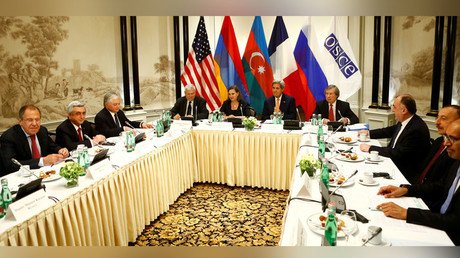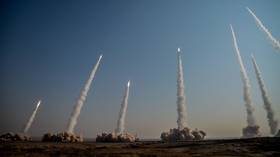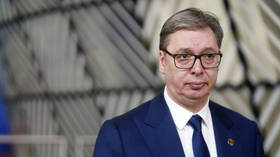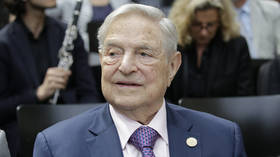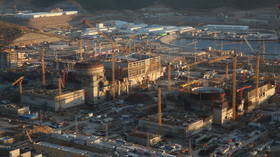Armenia elects new parliament in first vote following constitutional reform

Over 2.5 million Armenians are eligible to vote as the country elects its new one-chamber parliament, the National assembly. The poll forms part of Armenia's transition to a parliamentary system.
According to the changes adopted after the referendum in December 2015, Armenia's current leader, president Serzh Sargsyan, will become the last president elected in a national vote.
After his term expires next year, a ceremonial head of state will be appointed by parliament and will only have representative authority.
Parliament itself is elected for a five-year term and will become the main authority in the republic.
Some 2,000 polling stations opened in Armenia on Sunday morning, with nearly 30,000 local and international monitors observing the voting process.
According to police data, 2.56 million people have been registered as eligible to vote, with no voter turn-out set by Armenian election law. About 900 Armenians living outside the country, including diplomats and the military, cast their online ballots last week, with their votes to be added to the count after the election ends at 4:00 pm GMT Sunday.
National minorities in Armenia, including Russians, Kurds, and Assyrians, will have guaranteed seats, according to the Electoral Code.
More than 28,000 monitors from almost 50 local NGOs, as well as nearly 650 international monitors including OSCE (Organization for Security and Cooperation in Europe) and European Parliament representatives are in the country.
A prominent US musician and political activist of Armenian descent, Serj Tankian of the System of a Down music band is among the independent international observers.
"It's a pleasure and an honor to be here to partake in the parliamentary elections," Tankian told the media in Yerevan, the Armenian capital. The musician had teamed up with a group of artists in Armenia to monitor the elections "because we were afraid of what might happen... after years of injustice and apathy," he added.
"Whatever is the result of these elections, the important thing is that the organization of civil society, labor unions and the people's power and strength will always be there no matter what," Tankian said, calling on the people to go to polling stations and vote.
Over 1,200 local and 100 international journalists are covering the elections.
Five parties and four blocs with some 1,500 deputy candidates are contesting the poll. The electoral threshold for the parties is five percent of the votes, while blocs require at least seven percent to secure representation in the parliament.
No limit for parliament seats is set by Armenian law, which only states that the minimum of 101 deputies is required, with a stable parliamentary majority of 54 percent to be necessarily formed. If, following the elections, such majority is not formed, a second round will be held between the two parties which received most votes in the first round.
Among the political forces taking part in the elections are the Republican party led by the country's current president Sargsyan, the 'Tsarukyan' bloc headed by one of Armenia's leading businessmen Gagik Tsarukyan, and the 'Kongress-ANK' bloc with Armenia's first president Levon Ter-Petrosyan as its leader.
Based on opinion polls and expert opinions, the conservatives led by Sargsyan who have been in power for almost 20 years, have been named as the odds-on favorite.
Their main rival is the 'Tsarukyan' bloc, the leader of which has promised to bring in investments of $15bn to Armenia, the current GDP of which is $10.4bn, RIA Novosti reported.
The Armenian national congress who have teamed up with the People's party of Armenia in the 'Kongress-ANK' formation focused their campaign on ethnic and territorial conflict with Azerbaijan in Nagorno-Karabakh, calling for a compromise to settle the decades-long standoff.
Another group participating in the elections – the 'Oganyan-Raffi-Oskanyan' coalition of Armenia's former defense and foreign ministers – have already called on the people to take to the streets and protest the election results if found to be rigged, even before the voting started, RIA Novosti reported earlier this week.
To prevent any illegal voting, electronic equipment is used for the first time. In addition, live video broadcast from polling stations has been introduced, which can be viewed online.
